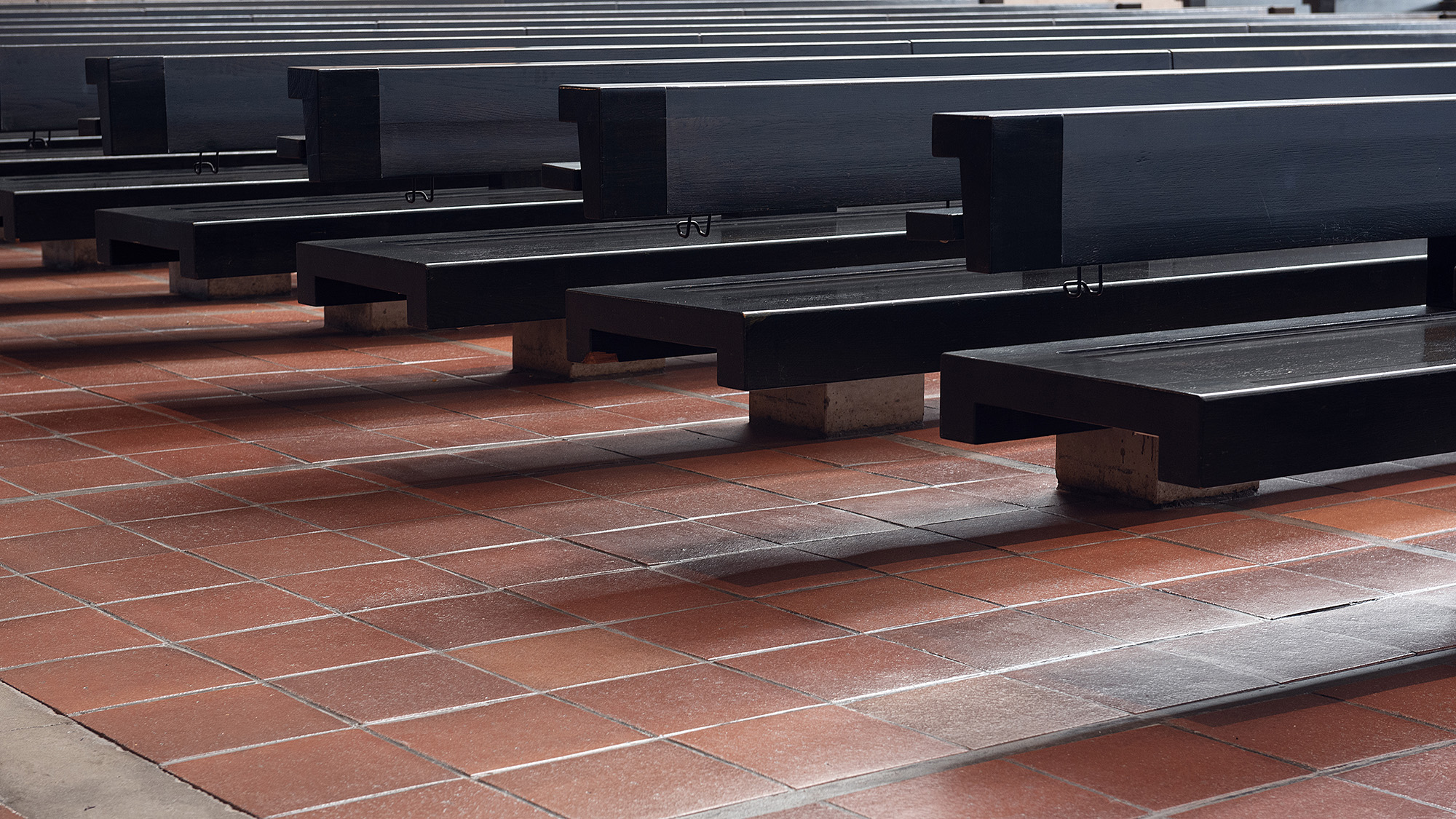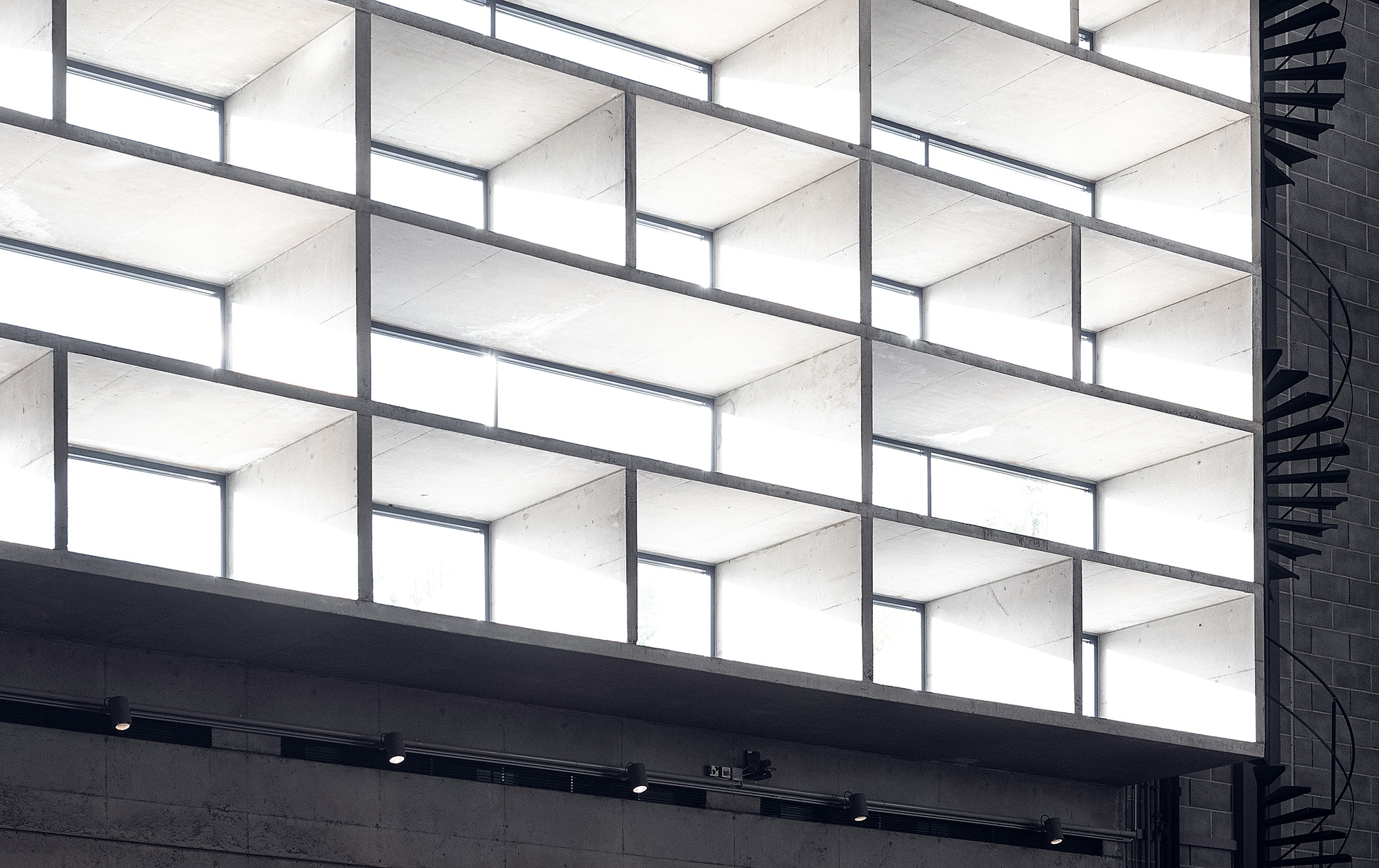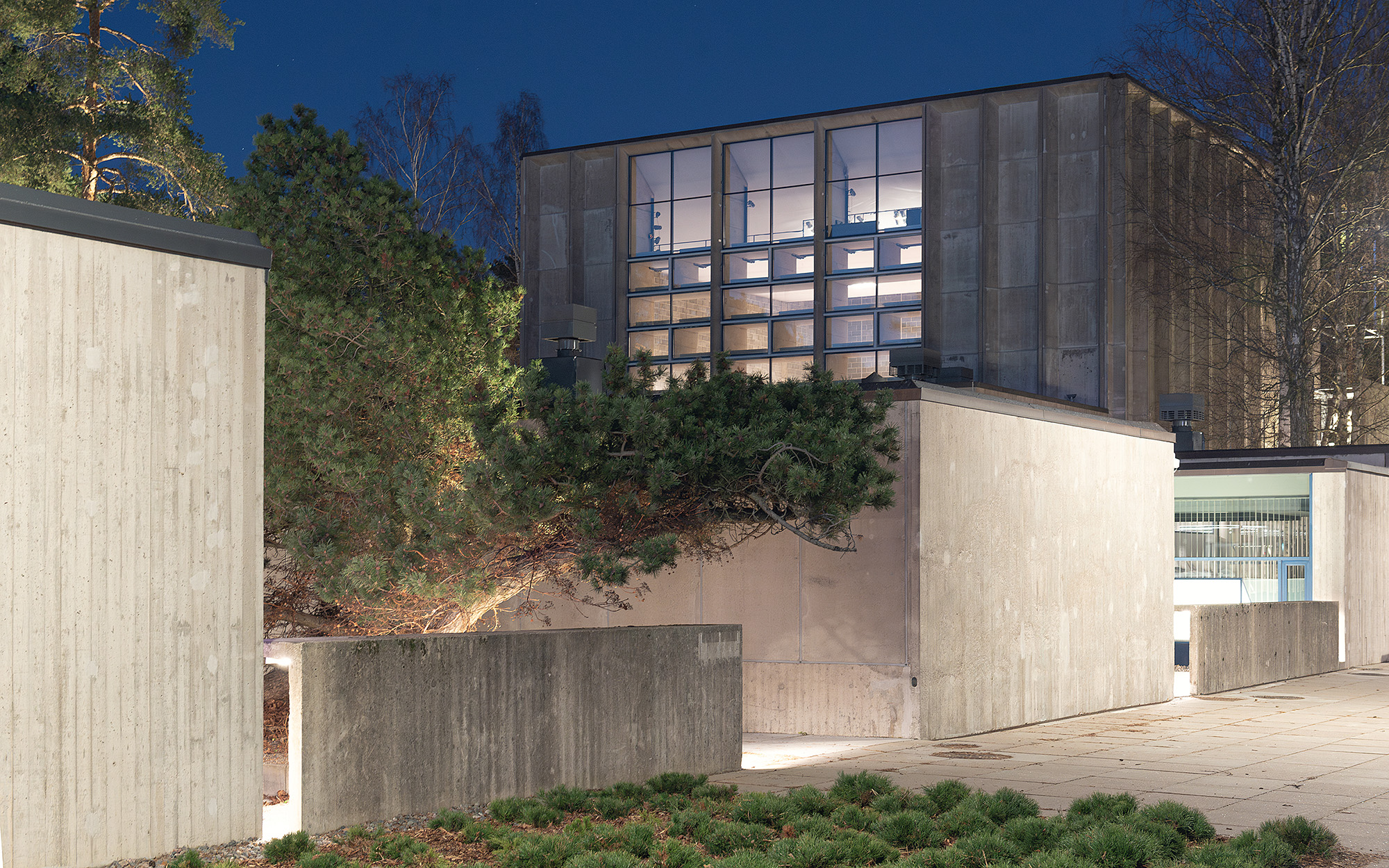The finalist for Finlandia Prize 2024
Tapiola Church refurbishment
The Tapiola Church refurbishment project demonstrates that it is possible to repair and preserve these buildings, and their original architecture.
The finalist for Finlandia Prize 2024
The Tapiola Church refurbishment project demonstrates that it is possible to repair and preserve these buildings, and their original architecture.
AFKS Architects: Jari Frondelius (lead designer), Jaakko Keppo, Juha Salmenperä, Riitta Tuomisto (project architect)
Federation of Espoo Evangelical Lutheran Parishes
Peab (alliance)
Espoo
3 502 m2
2021-22
Architecture: AFKS Arkkitehdit
Designers: Jari Frondelius (lead designer), Jaakko Keppo, Juha Salmenperä
Project architect: Riitta Tuomisto
Interior design: Kai Van der Puij
Landscape design: Soile Heikkinen
Structural design: Ideastructura Oy, Jyrki Jalli, Pentti Aho, Antti Nurmi, Antti Siika-Aho
Acoustic design: Akukon Oy, Anssi Ruusuvuori
HEPAC systems: Granlund Oy, Santeri Kondakov, Vikke Niskanen, Peter Malmström
Electrical design: Granlund Oy, Juha Långström
Lighting design: Granlund Oy, Sanna Forsman, Kati Peippo
Fire safety design: KK-Palokonsultti Oy, Elina Pajula
Further information about the designers or other contributors
Contract type: Alliance
Original designer: Aarno Ruusuvuori. Extension (1992): Anna Ruusuvuori
Year of completion: 1965, extension completed in 1992

Hannu Rytky

Hannu Rytky
As is common with buildings from the 1960s, Tapiola Church suffers from damp and was in sore need of improved ventilation. The project delivered an altogether safer, healthier and more functional building. At the same time, it has succeeded in preserving the building’s patina and leaving the visitor with a sense that nothing has actually really changed.

Hannu Rytky
In Finland, modern buildings are currently being demolished, ostensibly due to indoor air quality issues. The Tapiola Church refurbishment project demonstrates that it is also possible to repair and preserve these buildings, and their original architecture.
The church and parish hall, designed by Professor Aarno Ruusuvuori, was completed in 1965. The previous refurbishment and extension were carried out in 1992, led by Anna Ruusuvuori. The exterior and key interiors have been granted protected status.
As is common with buildings from the 1960s, Tapiola Church suffers from damp and was in sore need of improved ventilation. The project delivered an altogether safer, healthier and more functional building. At the same time, it has succeeded in preserving the building’s patina and leaving the visitor with a sense that nothing has actually really changed.
The approach here, in line with the current ideal, has been to carry out interventions as unobtrusively as possible. In the key spaces, solutions have been found for plumbing, ventilation and other building technology that are entirely hidden. The tiled floor in the nave, for example, was dug up and restored once the building works were finished.
The first set of pews was removed to allow for the building of a ramp, making the altar fully accessible. The addition is so subtle, it feels as though it has always been there. The most significant changes have been introduced in the wing added in the 1990s, where office space has been converted into a cafe and a smaller workspace.
Tapiola Church is a key feature of this garden neighbourhood built in the 1950s and 1960s. The work carried out to refurbish it represents a valuable contribution to the community as a whole.